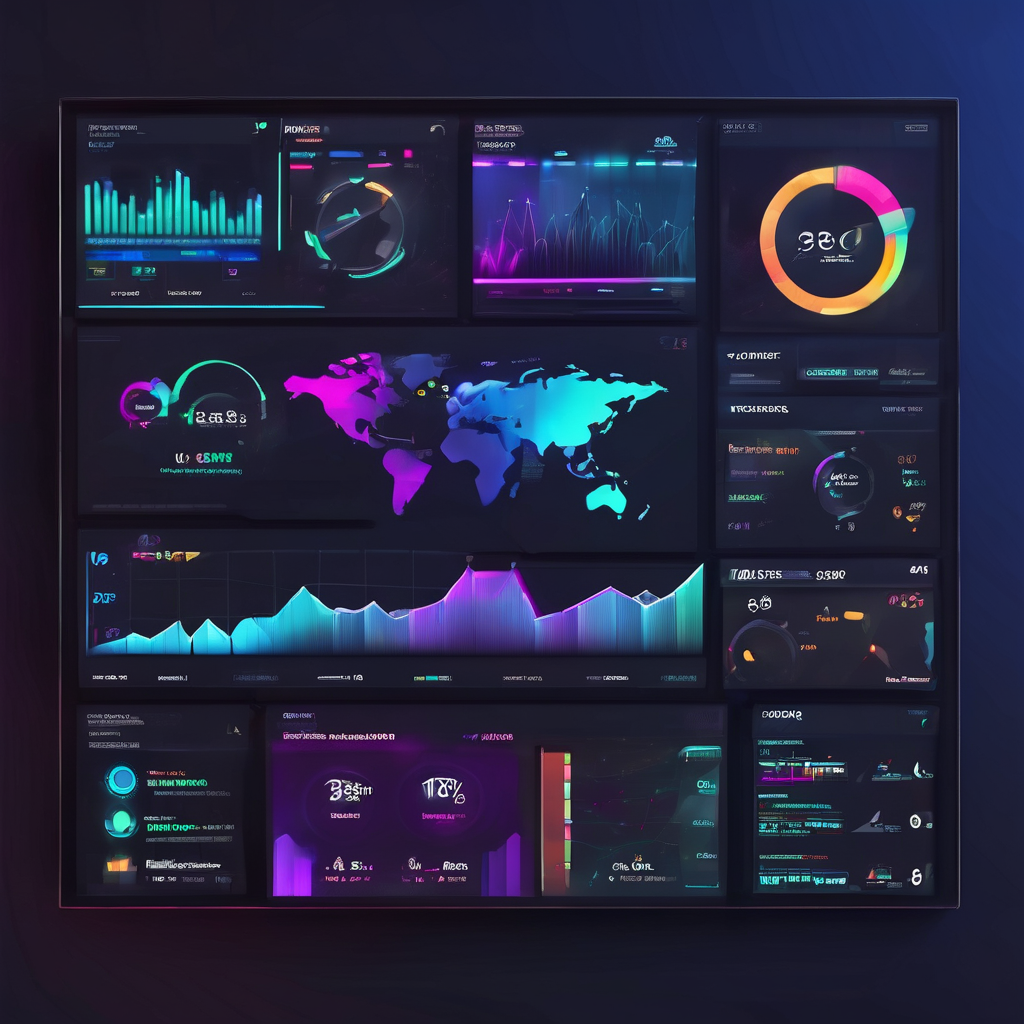
Sumble is emerging from stealth with $38. 5 million in funding, delivering a clear message to the world’s revenue teams: stop relying on fragmented data and start leveraging context. Based in San Francisco, Sumble’s platform dynamically mines public signals from social media, company websites, job boards, and regulatory filings to build a knowledge graph that reveals what is happening inside target accounts and why it is relevant to sellers. The funding includes an $8. 5 million seed round led by Coatue and a Series A exceeding $30 million led by Canaan Partners, with participation from AIX Ventures, Square Peg, Bloomberg Beta, Zetta, and angel investors such as Salesforce CEO Marc Benioff and former GitHub CEO Nat Friedman. This diverse investor mix underscores the growing importance of “context-aware” data in modern go-to-market software. ### Why Context Matters in Sales Intelligence Many sales tools are overwhelmed with firmographics, contacts, and email automation but lack a coherent narrative connecting signals—such as a hiring spree indicating a new product line or a leadership change resetting budgets—that would help reps prioritize effectively. Without this story, salespeople spend excessive time qualifying accounts unlikely to convert. Salesforce research shows sellers only spend about one-third of their time selling, much of the rest consumed by manual research spread across multiple platforms. Sumble aims to convert these noisy, public breadcrumbs into actionable insights. For instance, alerts notify when a prospect lists many security engineer jobs, suggesting audit readiness, or when a company’s careers page removes tech stack references, signaling potential tech migrations. This approach reduces guessing and enables evidence-based, timely outreach. ### Sumble’s Knowledge Graph for Sales Contextual Data Sumble’s knowledge graph models approximately 2. 6 million companies worldwide, capturing relationships such as teams, tools, locations, product lines, and organizational changes, rather than static data rows. This structure is optimized for large language models (LLMs), enabling natural-language queries like: “What global retailers have increased AI/ML hiring and adopted vector databases in the past quarter?” The platform is accessible via a web application and an API. A paid tier offers workflow and CRM integrations, plus alerts on tracked developments at prospects. Usage growth is often viral within organizations—starting with a single Slack link and expanding across teams and departments, sometimes reaching hundreds of users within months.
Investors cite this pattern in retention and results as validation of the value of contextual signals for frontline sellers and operations leaders. ### Competitive Landscape and Buyer Considerations Sumble enters a competitive market dominated by players like ZoomInfo, LinkedIn Sales Navigator, and HubSpot, alongside emerging companies such as Apollo. io, Salesloft, Outreach, Cognism, and Reply. io. Early innovators like Slintel (now part of 6sense) pioneered technographics and buying-intent signals. A new wave of AI-driven “SDR agents” aims to automate prospecting and follow-ups, yet many tools depend heavily on aggregated public data, limiting defensibility. Sumble’s competitive advantage lies not in raw data collection but in semantics—how data is formulated and continuously integrated into a refreshable knowledge graph accessible by LLMs. This comprehensive and accurate account intelligence makes replication difficult despite public data sources. Key challenges include maintaining data freshness, avoiding LLM hallucinations, and providing transparent provenance so operations teams can audit insights before integrating them into workflows or forecasts. ### Expected ROI for Revenue Teams Buyers expect clear benefits such as faster time-to-first-meeting, higher conversion rates from initial stages, and expanded pipeline coverage without increasing headcount. For revenue operations, the critical test is whether contextual signals are accurate enough to automate lead routing, initiate account-based plays, or update propensity scores without overwhelming reps with false alerts. Governance is also crucial; enterprises require strong policies on data sourcing, opt-outs, and regional compliance. Analysts from Gartner and Forrester emphasize that any generative AI sales solution must rely on traceable data to secure procurement approval, especially as AI models become embedded in forecasting and territory planning. ### Conclusion: Sumble’s Context-Driven Vision Sumble is betting that the future of sales intelligence will prioritize context over contact lists. By maintaining an accurate, LLM-oriented knowledge graph and integrating deeply with existing revenue team systems, Sumble aims to reshape expectations in a crowded market. With substantial funding to fuel development, the company’s success will depend on delivering consistent, measurable value to sellers, potentially becoming a core system of record for go-to-market context.
Sumble Secures $38.5M to Revolutionize Sales Intelligence with Context-Aware Data Platform


C3.ai, a leading enterprise artificial intelligence software provider, has announced a major restructuring of its global sales and services organization to boost operational efficiency and better align resources with long-term growth goals.

Snack manufacturer Mondelez International is utilizing a newly developed generative artificial intelligence (AI) tool to drastically cut costs in marketing content creation, achieving a 30% to 50% reduction in production expenses, according to a senior company executive.

South Korea is poised to make a major advancement in artificial intelligence by planning to build the world’s largest AI data center, with a power capacity of 3,000 megawatts—about three times larger than the existing "Star Gate" data center.

In August 2025, OpenAI announced a major milestone: ChatGPT, its advanced conversational AI platform, had reached an impressive 700 million active weekly users.

Krafton, the well-known publisher behind popular games like PUBG and Hi-Fi Rush, is undertaking a bold strategic transformation by integrating artificial intelligence (AI) into almost every aspect of its operations.

The rise of AI-generated video content has sparked significant discussion in the digital media industry, bringing urgent ethical concerns to the forefront.

Artificial intelligence (AI) is becoming an essential tool for improving user experience and engagement through advanced search engine optimization (SEO) techniques.
Launch your AI-powered team to automate Marketing, Sales & Growth

and get clients on autopilot — from social media and search engines. No ads needed
Begin getting your first leads today